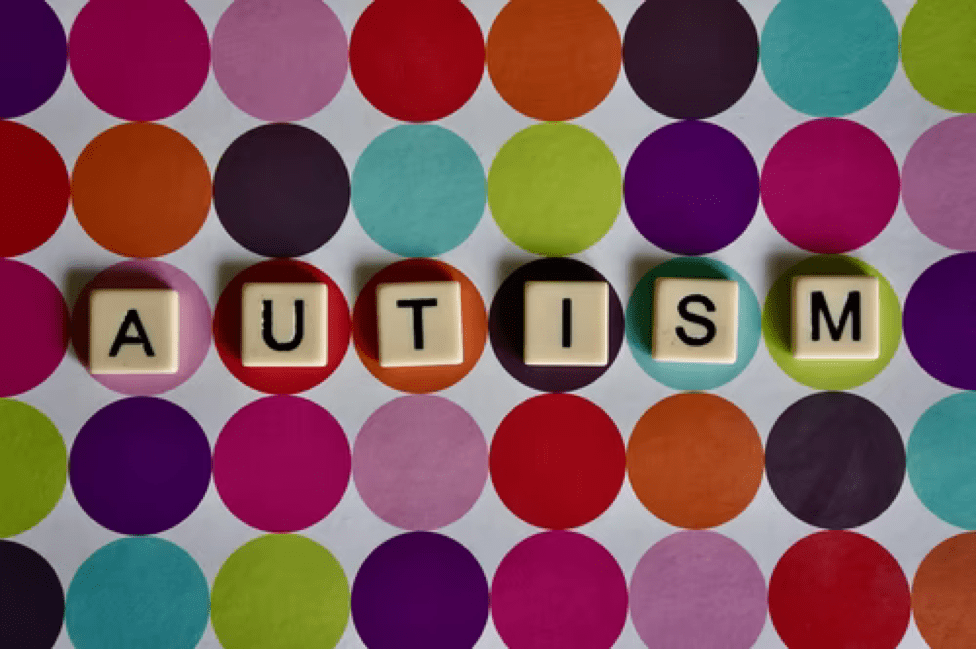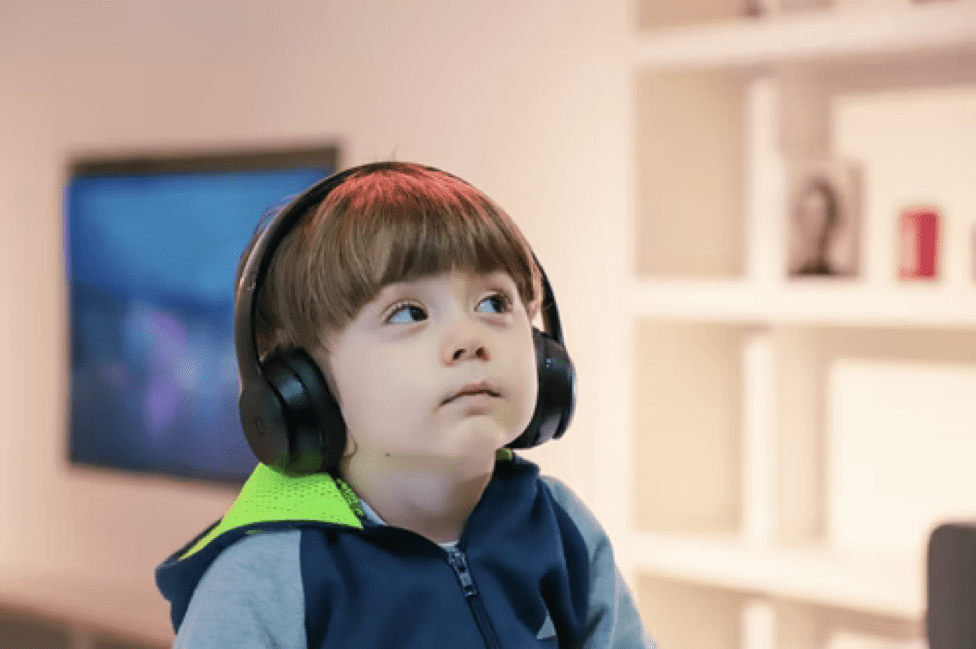Parents with autistic children constantly strive to provide their children with the best quality of life possible, which can sometimes be challenging in and of itself. Fortunately, over the years, treatment techniques, as well as our understanding of autism, have significantly developed, giving birth to newer treatment options that can significantly help children living with autism. Applied behavior analysis (ABA) is one of those techniques, and it is considered one of the best treatment options for autistic children. Here’s what you need to know.
What is ABA Therapy?
Applied behavior analysis is a type of autism therapy that is based on behavioral and learning sciences. It uses reinforcement to teach skills and proper behavior to help autistic children acquire an improved quality of life. In other words, ABA helps autistic children learn new skills and behaviors that can help them lead better lives. While some believe that ABA therapy helps enforce other people’s perspectives of what constitutes normal behavior, it has yielded great results for a lot of autistic individuals.
ABA therapy tries to discourage children from unwanted behavior and encourages certain behaviors and seeks to teach children particular life skills. Therapists use a reward system to encourage children to communicate and use language and other skills that they need. ABA therapy was conceived in the 60s, but the techniques used have significantly evolved over the years.
How Does It Work?
ABA therapy relies on positive reinforcement, which is the backbone of this therapy. They encourage autistic children to perform certain behaviors using rewards that the children value. As a result, the child is encouraged to repeat the behavior. As explained by the Autism Response Team, ABA therapy provides autistic individuals the chance to participate in life’s everyday activity with nothing holding them back. One of the most unique foundations of applied behavior analysis therapy is the fact that this technique is adapted to each child’s specific needs and goals. Therapists tailor treatment plans for each child depending on the set of skills they already have and the goals for this child care in the future.
ABA therapy can be provided at a variety of locations, including home and school. It can include one on one sessions with trained therapists, or the child can be a part of a group that will undergo certain ABA sessions as a whole.
Behavior and Consequences
There are several components of the ABA therapy, starting with the antecedent, the prelude to the target behavior. This can be a verbal cue such as a command or request, or it can be something physical like a toy. Then there’s the behavior after the antecedent, which is the target response from the autistic child. Finally comes the consequence, which happens after the behavior and is either a reward for the desired response or no reaction for an incorrect or undesired response.
ABA therapy has been one of the main treatment strategies used with autistic children for quite some time now. The techniques used have significantly evolved over the years to include more humans and compassionate approaches to dealing with autistic children. Now, therapists tailor treatment plans for each child according to their needs, and they take their time helping the child acquire the skills that they need.






